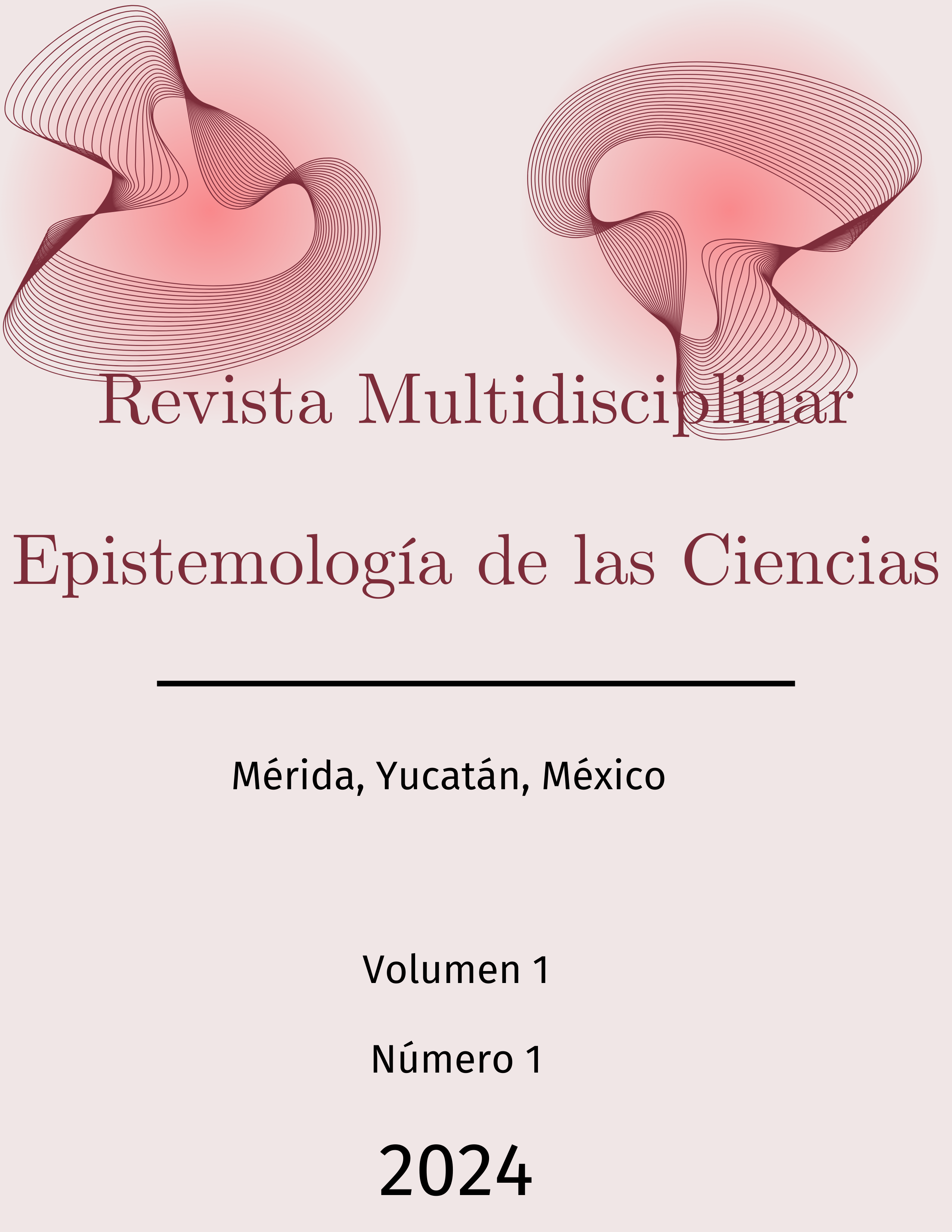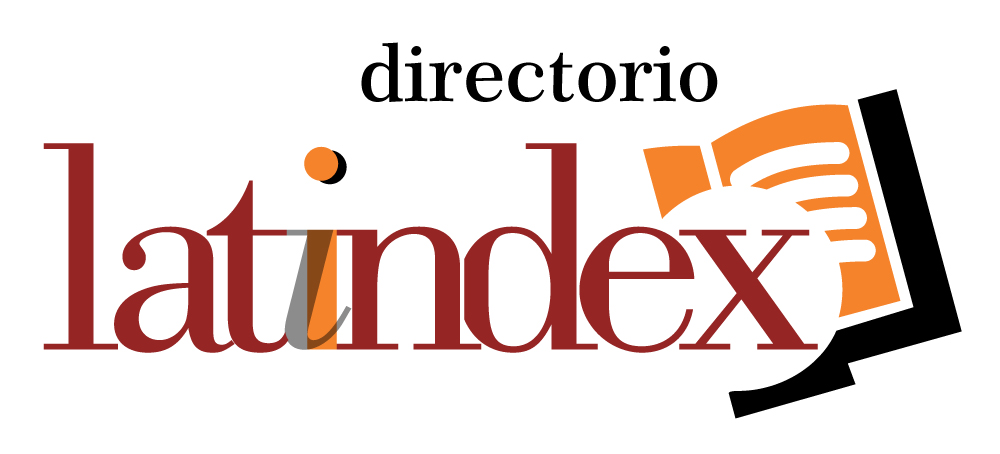¿Cómo afecta el etanol al comportamiento de diferentes especies de gusanos nematodos?
DOI:
https://doi.org/10.71112/ckfpsz13Palabras clave:
C. elegans, Caenorhabditis, Etanol, Nematodos, Respuestas ambientalesResumen
Este estudio analizó el impacto del etanol en especies de nematodos del género Caenorhabditis, comunes en entornos con producción de etanol. Se evaluaron concentraciones de etanol en adultos de diversas especies, midiendo velocidad, curvatura corporal y producción de huevos. Los resultados indicaron que, a concentraciones altas, las velocidades fueron similares entre especies, aunque C. sp27 tuvo menor velocidad a 100 mM, pero mayor a concentraciones más altas. En curvatura corporal, C. angaria y C. sp27 mostraron mayor flexibilidad que C. elegans en presencia de etanol. La producción de huevos solo se redujo significativamente en C. angaria a concentraciones bajas, mientras que C. elegans mostró menor producción a 100 mM, pero aumentó a 200 y 400 mM. Este estudio destaca las respuestas variables al etanol entre especies y sugiere explorar cómo afecta el etanol su desarrollo y la expresión del gen slo-1. Estos hallazgos contribuyen al estudio de respuestas a estresores ambientales.
Palabras clave: C. elegans, Caenorhabditis, Etanol, nematodos, Respuestas ambientales
Descargas
Referencias
Alkema, M. J., Hunter-Ensor, M., Ringstad, N., & Horvitz, H. R. (2005). Tyramine functions independently of octopamine in the Caenorhabditis elegans nervous system. Neuron, 46(2), 247-260. DOI: https://doi.org/10.1016/j.neuron.2005.02.024
Anderson, J. M. (2014). Ethanol exposure disrupts the behavior of Caenorhabditis elegans. Undergraduate Journal of Science, 3(1), 10-13.
Avery, L., & Horvitz, H. R. (1990). Effects of starvation and neuroactive drugs on feeding in Caenorhabditis elegans. Journal of Experimental Zoology, 253(3), 263-270. DOI: https://doi.org/10.1002/jez.1402530305
Dixon, R. A., et al. (2020). Comparative analysis of ethanol sensitivity across Caenorhabditis species. Ethanol Research, 45(2), 203-218.
Félix, M. A. (2004). Alternative morphs and plasticity of vulval development in a rhabditid nematode species. Developmental Biology, 265(2), 55-76. DOI: https://doi.org/10.1007/s00427-003-0376-y
Hodgkin, J., Horvitz, H. R., & Brenner, S. (1979). Nondisjunction mutants of the nematode Caenorhabditis elegans. Genetics, 91(1), 67-94. DOI: https://doi.org/10.1093/genetics/91.1.67
Houthoofd, K., Braeckman, B. P., Lenaerts, I., Brys, K., De Vreese, A., & Van Eygen, S. (2002). No reduction of metabolic rate in food-deprived Caenorhabditis elegans. Experimental Gerontology, 37(12), 1359-1369. DOI: https://doi.org/10.1016/S0531-5565(02)00172-9
Horvitz, H. R., Chalfie, M., Trent, C., Sulston, J. E., & Evans, P. D. (1982). Serotonin and octopamine in the nematode Caenorhabditis elegans. Science, 216(4549), 1012-1014. DOI: https://doi.org/10.1126/science.6805073
Kaletta, T., & Hengartner, M. O. (2006). Finding function in novel targets: C. elegans as a model organism. Nature Reviews Drug Discovery, 5(5), 387-399. DOI: https://doi.org/10.1038/nrd2031
Raizen, D. M., Lee, R. Y., & Avery, L. (1995). Interacting genes required for pharyngeal excitation by motor neuron MC in Caenorhabditis elegans. Genetics, 141(4), 1365-1382. DOI: https://doi.org/10.1093/genetics/141.4.1365
Schafer, W. R. (2005). Deciphering the neural and molecular mechanisms of C. elegans behavior. Current Biology, 15(17), R723-R729. DOI: https://doi.org/10.1016/j.cub.2005.08.020
Smith, K. L., et al. (2018). Functional conservation and divergence of slo-1, a calcium-activated potassium channel in Caenorhabditis nematodes. The Journal of Biological Chemistry, 293(34), 13376-13385.
Ward, S. (1973). Chemotaxis by the nematode Caenorhabditis elegans: Identification of attractants and analysis of the response by use of mutants. Proceedings of the National Academy of Sciences, 70(3), 817-821. DOI: https://doi.org/10.1073/pnas.70.3.817
Zhang, Y., & Lu, H. (2014). Signaling to migration in neutrophils: importance of localized pathways. International Journal of Cell Biology, 2014, 1-10.
Publicado
Número
Sección
Licencia
Derechos de autor 2024 Revista Multidisciplinar Epistemología de las Ciencias

Esta obra está bajo una licencia internacional Creative Commons Atribución 4.0.








